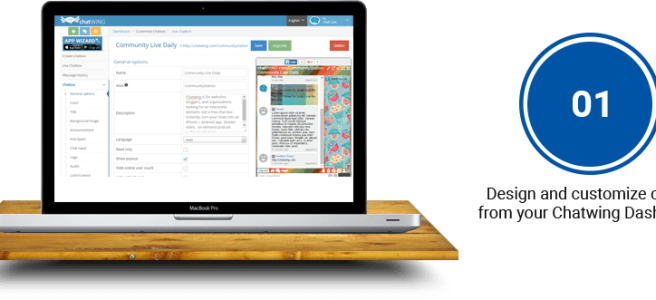Advantages of Chat Rooms
Firstly, dialect students may use a chat room at any time to interact with any number of people all over the world. They allow learners to socialize in an genuine context with local speakers without having to be constrained by location. In many ways, this can be an unprecedented learning opportunity.
Secondly, chat room for website can promote autonomous learning. That is primarily because of the fact that the teacher’s role is minimized. Transcripts are generated which are useful for learning the vocabulary used. Every comparative type of chat is documented, and is seen in full thereafter.
Another advantage is the fact students possess the opportunity to take notice of the language utilized by native audio speakers. Learners are able to see how a conversation builds up, and to notice what types of response are suited (or unsuitable) in given situations.
Boards promote lively engagement. The learner is enticed into conversing with others, yet can withdraw as and when they feel like it.
Learners are also given the ability for skills development and practice. Chat rooms offer the learner the opportunity to produce language which is somewhere within everyday spoken English and the language in its written form. Many learners might not have previously been exposed to such informal written English.
Finally, and importantly, they allow communication to take place in real time. This is a truly genuine communicative device. The conversations are real and the frameworks around which they are built are really loose. They therefore necessitate a amount of spontanaeity and adaptation. Also, the sense of real-time is a little more forgiving when compared to a real in person spoken come across. Firstly, there exists that important thinking time between seeing what your partner has written and making one’s reply. Second of all, there is the factor of anonimity which probably escalates the learners’ confidence.
Learners’ Problems with Chat Rooms
Learners’ key pad skills in English are usually gradual which means that they often miss part of the conversation thread. It is the aspect of chat room dialogue for interactions to move instantly at times, thus going out of the learner relatively confused and downhearted.
Furthermore, the true way the talk scrolls down the display requires the participant to read word rapidly. This is problematic for EFL students, due to zero the kind of reading skill which native speakers would inherently possess.
Chat room participants also often use abbreviations and slang which EFL learners might not be familiar with. Having previously mentioned that students may benefit from seeing how native speakers use the language, it should be noted an ‘internet language’ is evolving rapidly, which differs in lots of ways from spoken English.
Native speakers using chat room software might discuss topics which are culture specific to the English speaking world, or improper or offensive for some learner groups. This might lead to misunderstandings which have nothing in connection with the learner’s understanding of the language.
A Final Word
The author would like to point out that he has used boards in his own terminology learning, and has found most of the advantages mentioned are generally realistic. Furthermore, the author has found that introducing himself as a learner of Turkish has proven beneficial in setting up the nature of the dialogue.
